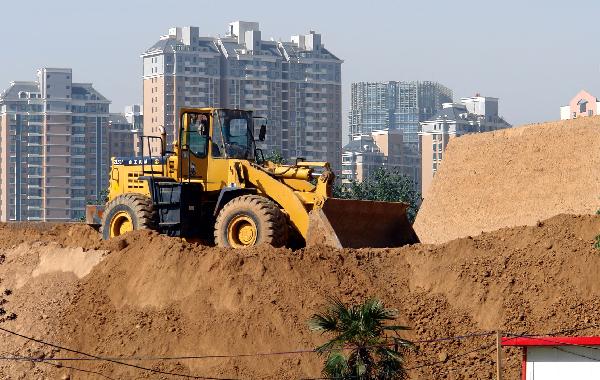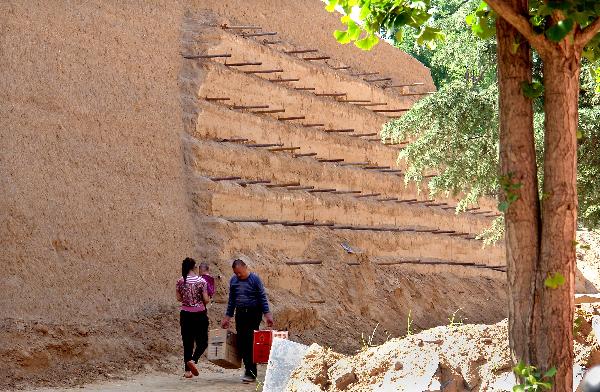Replica ancient walls stokes public suspicion in central Chinese city
A central Chinese city's efforts to restore one of the country's oldest city walls has ignited public outrage after tonnes of dirt were piled up in the downtown to replicate the disappeared walls.
Spending lavishly in restoring past grandeur often triggers controversies in China. The constant proposals to rebuild the Old Summer Palace, an imperial garden destroyed by British and French forces in 1860, never garnished enough public support for them to be realized.
In Zhengzhou, an ancient Chinese capital in Henan Province, those supervising the rebuilding work on a 3,600-year-old city wall were accused of using public funds for a "counterfeit" project.

"It's a waste of taxpayers' money to place such a fake atop the genuine relics," said a local resident who refused to be named.
The city walls in Zhengzhou date back to the Shang Dynasty (1,600 B.C.-1,046 B.C.). Its run-down state, however, compelled the local government to start a restoration and reconstruction project last year.
Clay deposits were reinforced on remaining walls, and new walls were being erected at places where the above-ground structures had disappeared,which altogether involved 200 meters of the 3.5-mile relics. Local authorities also planned to demolish surrounding buildings to make way for a new garden.
The cost of the project reportedly exceeded 500 million yuan (77 million U.S.dollars).
An elderly resident surnamed Lin, however, said the rebuilding project might not revive the city walls after years of neglect had largely destroyed them.
"The city wall looks completely different from when I was a child. At that time, it still had a moat and discernible battlements," said Lin.

In later decades, Lin witnessed parts of the walls being bulldozed and replaced by urban buildings, while the remaining walls were reduced to weedy mounds due to poor maintenance.
Until the government's current move to ramp up protection, the walls remained a free garbage dump site for some local residents and a paradise for vagrants, who dug their homes into the walls.
"Its greatness is forever gone. I suspect that they could do much on the restoration," said Lin.
Experts also expressed concerns that the large-scale project on the ancient walls, if carelessly planned, might end in a new round of devastation.
However, the restoration project was not completely denied its merits. Some residents said the rebuilding project would train more public attention on the relics.
"Often a visitor would come to the mound and ask about the location of the ancient city walls, and I told them that they were actually standing on them," said a resident surnamed Fei.
"It's imperative to erect some new landmarks, otherwise people would not know the significance of the relics, let alone protect them," said Fei.

